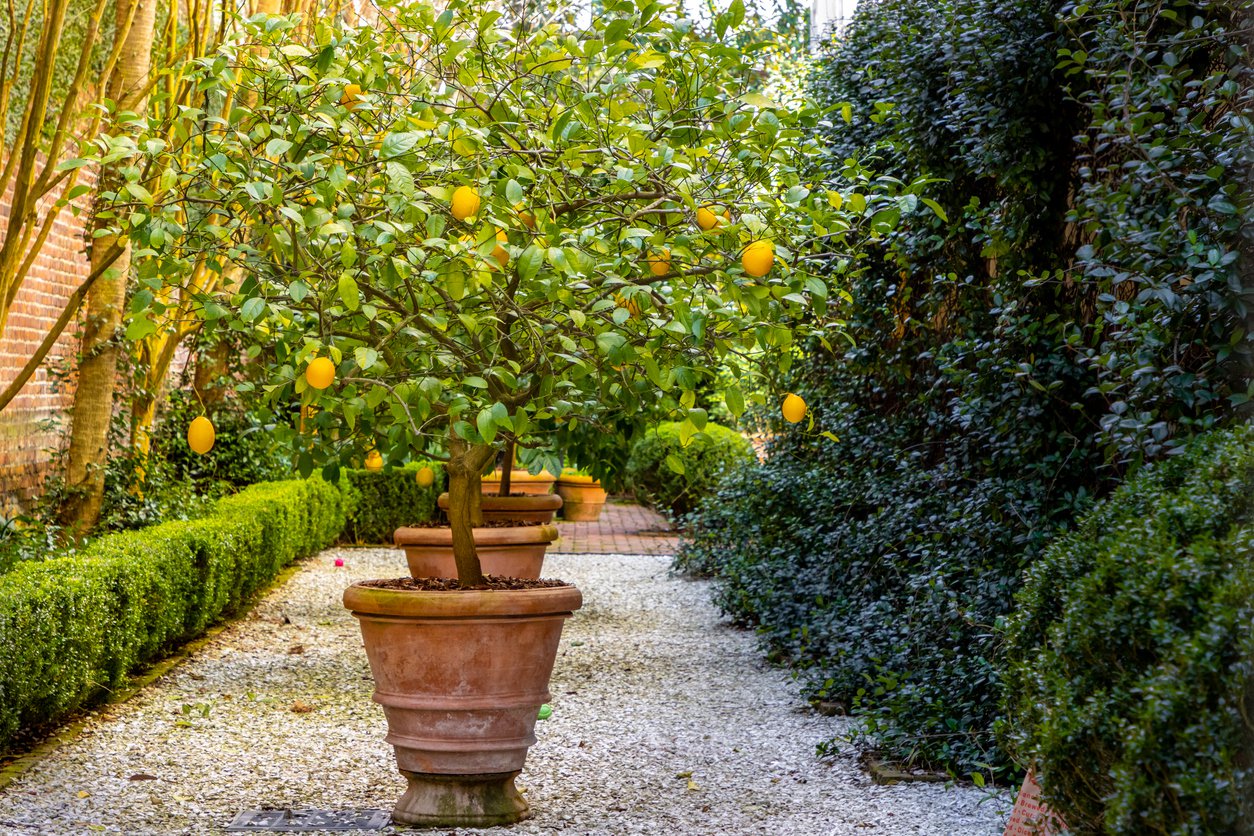
The winter months bring us many comforts like cozy blankets, roaring fireplaces, cups of hot chocolate and, of course, the chance to indulge in beautiful citrus fruits.
Whether you're planning on creating a bright oasis with a potted citrus tree or growing your own edible bounty from a garden or balcony, here's how to keep your winter citrus looking and tasting great, even in the Southern Highlands!
The right combination of sun, soil, and regular pruning can ensure your citrus is healthy and flourishing throughout its cold-weather journey.
From selecting the ideal spot for planting to choosing specific varieties and learning when it's time to harvest, follow along as we explore a few tips and tricks for taking care of your backyard citrus.
Citrus Care Basics
1. Selecting plants
Selecting the right variety of citrus tree is essential to ensure a successful harvest. It's important to choose a type of citrus tree that is well suited for the cooler conditions of the Southern Highlands.
Some varieties, like oranges and grapefruits, prefer warmer climates, while others, like limes and mandarins, are more tolerant of cooler temperatures. Varieties like Washington Naval, Lisbon or Myer Lemons, Honey Murcott Mandarins, and Tahitian Lime are all excellent choices for cooler climates.
Just come in to the nursery and our horticultural staff can show you the range of best varieties for our area.
2. Choose your location
When preparing the soil for your citrus tree, look for a fast-draining spot with plenty of sunlight. If there are clay or silt soils present, mix in some compost to ensure proper drainage.
To help increase water retention in the sandy soils, add some well-rotted organic matter like leaf mould. Citrus are susceptible to disease when grown in wet or waterlogged soil so extra care at planting is advised.
3. Fertilising
When it comes to fertilising citrus trees in cooler climates, slow-release nitrogen is your best bet as there are fewer warm days available for your tree to absorb nutrients! Home made compost and chicken manure are ideal.
If choosing granular fertilisers, look for organic pellets specifically designed for citrus and fruit trees. Mulching in warmer months also helps to maintain moisture levels in the soil while adding essential nutrients to the roots.
4. Watering
Watering citrus trees correctly is essential for health and growth. When introducing a new tree, it's important to water it deeply around the root system and maintain regular watering throughout the season.
Established trees will need more or less water depending on the weather – during dry winter months, aim to give them at least an inch of water each week. To ensure your trees are getting enough moisture, check the soil with your finger. If the top four inches of soil still feel slightly damp, there's no need to water.
Remember that poor drainage can lead to continual fungal problems and even death, so over-watering should be avoided.
5. Protect young plants
Citrus plants are very sensitive to frost and will need some frost protection during winter months for the first 2 years until the trees are well established.
6. Pest & disease control
Keep an eye out for signs of pests and diseases. Common pests include aphids, scale insects, mites, and mealybugs. If spotted early, these can be treated with insecticidal soap or horticultural oil before becoming a more serious problem.
Diseases like citrus canker can also be watched for; look out for sunken lesions on the leaves and fruit that ooze sticky sap. Be sure to monitor soil moisture levels as well - too much water will cause root rot; not enough will lead to wilting.
7. Harvesting
Between May and August, many citrus fruits are ripe for the picking and ready to be enjoyed. When harvesting your winter citrus fruit, make sure that you only pick ripe fruits, which should come off the tree with ease when gently tugged. If they don't, wait a while longer – the fruit will eventually reach the right ripeness.
Finally, make sure to enjoy the fruit as soon as you can after it's harvested. Not only will it taste better, but it'll also help keep you healthy during the colder months.
In Conclusion
Winter is a critical time for citrus trees, but thankfully there are measures you can take to keep them healthy and in optimum condition. A combination of the right planting location, proper pruning and fertilization, and protection from frost is key to helping your tree survive the colder temperatures. With consistent care, your citrus tree will reward you with lush foliage and an abundance of fragrant fruits come springtime!
Have a chat to one our in-store Garden Guides to help you get it right!

Do you want to stay informed about awesome gardening tips from our professional horticulturists, know when new items are available and get invited to our events?
Sign up with your name and email address here.
21-29 Old Hume Highway, Shop 2
(corner of Crimea and Old Hume Hwy), Balaclava, NSW
Open 7 days a week, 9am to 5pm.
Thanks to Toni Salter, The Veggie Lady, for her contribution in writing this article exclusively for the Mittagong Garden Centre and our valued customers. We hope you enjoyed the article and found it helpful. For more information on the Veggie Lady click here at www.theveggielady.com.



